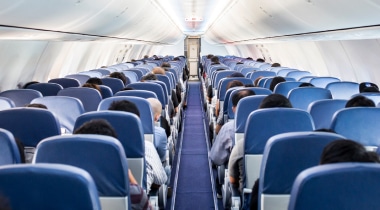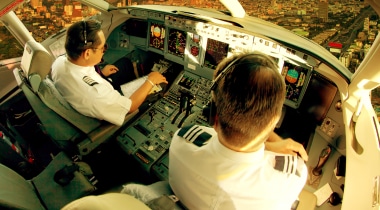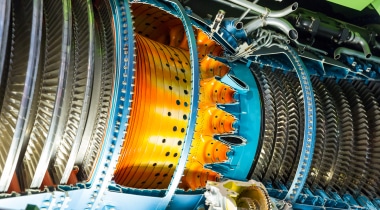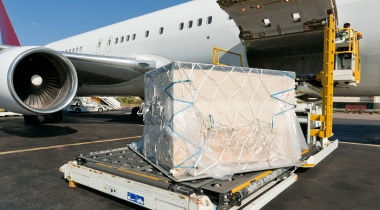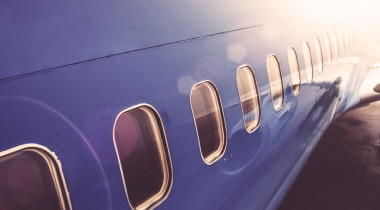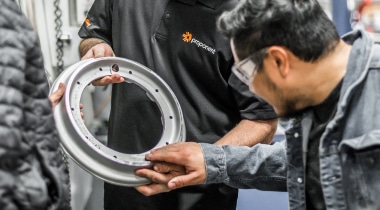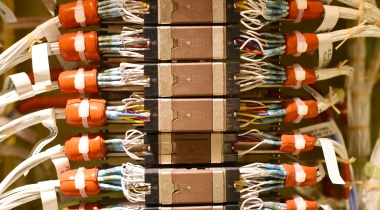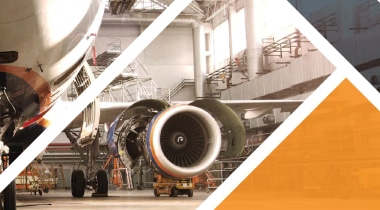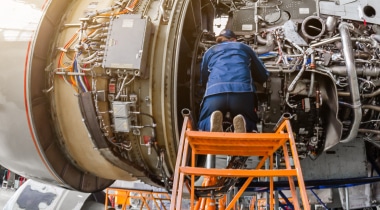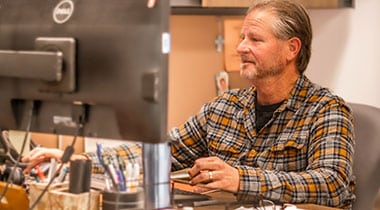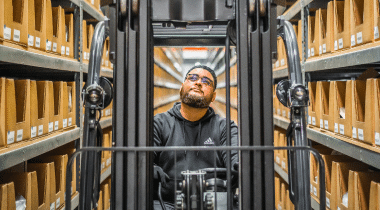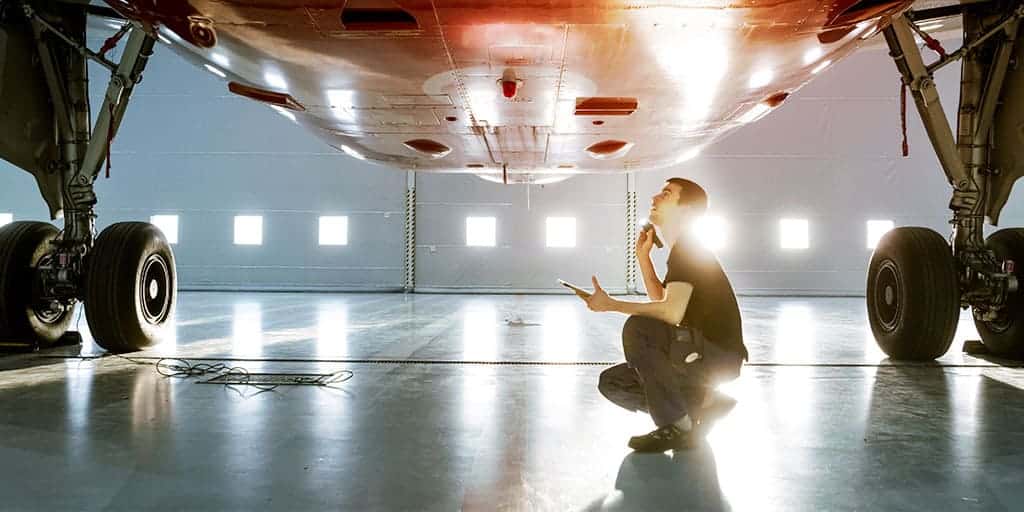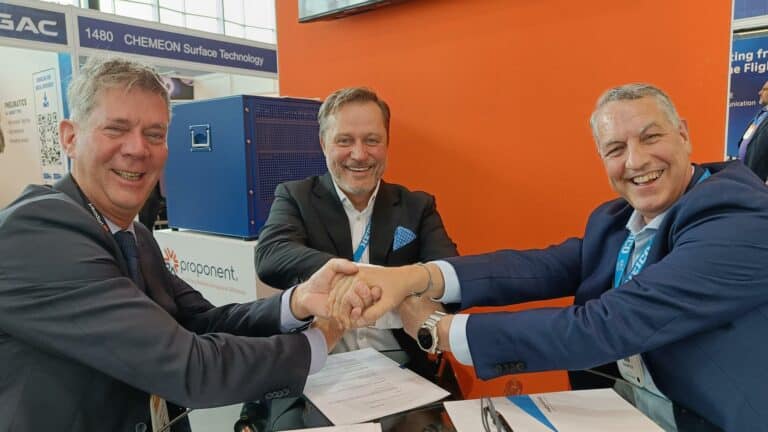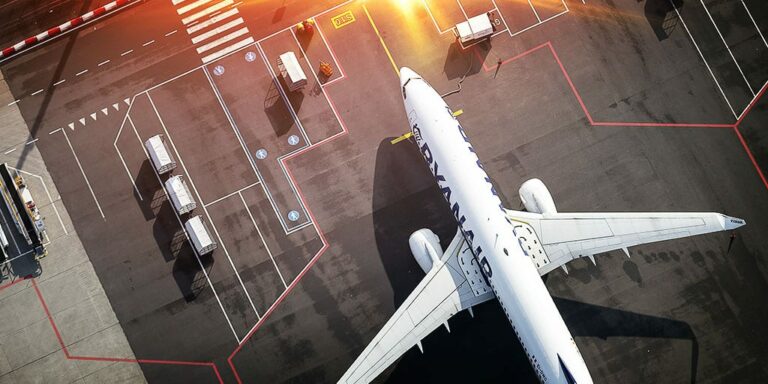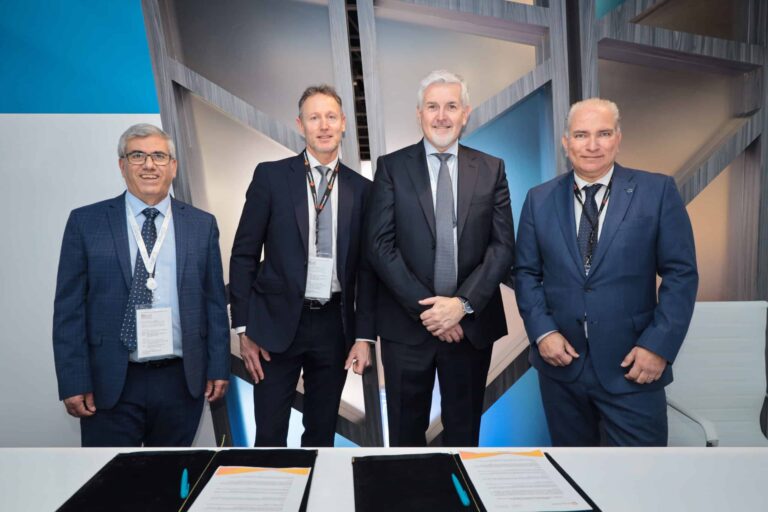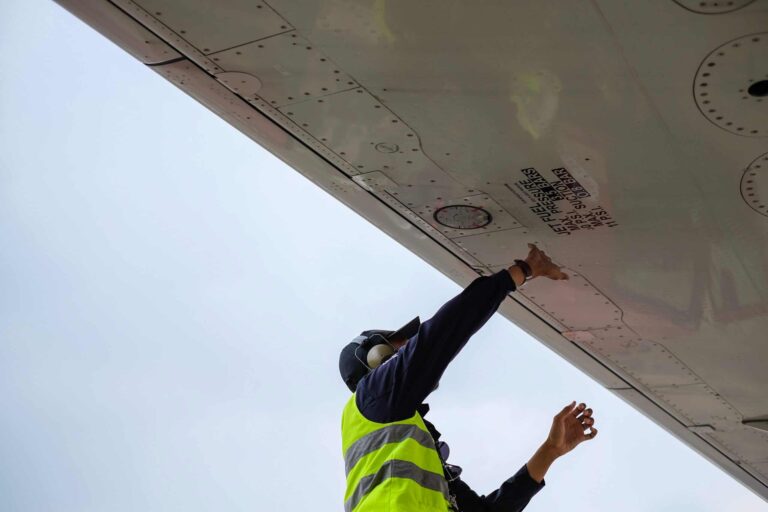In a recent article on MRO Network, author Henry Canaday outlined the future of MROs as “human-machine teaming.” We couldn’t agree more.
We write a lot about technology, and the ways that it is helping to advance and evolve the aerospace industry. While we’re excited about where aviation technology is heading, we still believe the core focus of this industry is people – whether you’re talking about the innovative minds that engineer ever-more efficient aircraft, the manufacturing teams that turn those designs into reality, the expert hands that perform the maintenance and repairs, the relationships that undergird the supply chain, or the passengers that keep the whole show going. And we have a lot of faith in the people that drive this industry. After all, it is people that are discovering, testing and approving, and implementing these technology advancements every day.
Technology provides a great set of tools, but if you lean too heavily on those tools alone and stop thinking of them as a support system, or part of the larger picture, you can very quickly be forced to remember the all-important role of humans. So we want to talk more about how technology can work together with real people to build the future of aerospace.
“Machines are good at certain things, people at other things, so you need teaming,” Stacey Dixon, who directs advanced research for the Director of National Intelligence, is quoted in the article as saying.
This article also reminded us of a quote from Tesla CEO Elon Musk: “Excessive automation at Tesla was a mistake. Humans are underrated.”
With all its PR nightmares, Tesla does produce a superior electric vehicle, but in the quote above, Musk was admitting that one of the mistakes Tesla made – which led to costly (and well-publicized) production delays for its much-anticipated Model 3 – was relying too much on automation and forgetting people. The fact is, even in a highly technical field like manufacturing, incorporating people in the process can increase both efficiency and reliability.
We are excited about the many technologies that are currently disrupting aerospace, from blockchain to drones to additive manufacturing, machine learning and augmented reality (AR), but we are also cautious about making sure that these technologies are supporting and not replacing the human ingenuity, creativity and expertise that has always made aerospace such an exceptional industry. The human experience will only continue to complement the industry upgrades. We’ll discuss a few of these below.
Blockchain
Blockchain technologies that provide data-security and complete process tracking is beneficial in overcoming many issues that come simply from human error or ignorance. Providing certain keys to unlock certain parts of the blockchain, like viewing data and authorizing data editing or input, ensures greater security and access to only those who need it. This technology is meant to help humans, not to replace them. And when things are entered in error, the blockchain can’t tell, it takes a real human to oversee and edit any mistakes. While processes in any industry can start to seem routine, no two transactions are exactly the same, so a human touch will still be needed to identify differences and react accordingly.
Drones
Drones are starting to change the lives of average consumers through shipping delivery services, but they are also changing the landscape of aviation. The video capabilities of space drones combined with their ability to travel much faster and reach certain areas better than humans, can make aviation safety inspections more efficient. Space drones can also be used to take aerial photographs and videos to help map out land and observe possible disturbances. However, the drone itself still needs to be controlled by human hands and the video watched and approved by human eyes. Safety checks will still need final approvals and processes will need to be checked and double checked overtime to ensure maximum productivity and performance. With the aid of drones, humans can find great new perspectives on the industry.
Machine Learning and AR
AR can be used for flight simulation of new pilots, as well as other training purposes. This changes pilot education and experience drastically, before they ever fly for real. Machine learning can allow airplanes to become technologically advanced enough to start to make smart decisions on their own. This hints at the possibility of flying to your next destination without a physical pilot, just a computer. While people talk about autonomous flight being on the horizon, there will always be a need for humans to ensure the autopilot is working correctly, and to jump in if anything goes wrong. So while planes that direct themselves can be exciting, it is with the oversight of real people that these technologies will continue to flourish for commercial use.
Big Data and Cybersecurity
Along with these advancements, we are starting to see more Big Data and Cybersecurity focus. Data is often a big word tossed around for a variety of uses, but here we mean the data that helps to predict and make decisions, like machine learning. Detailed historical data can give a better idea of the longevity of certain aircraft and show if there is an issue that presents itself at a common time between multiple models. Computer generated big data can give insights into the industry. But computers can provide only the data dots. It takes real humans to connect the dots and write the story of what is happening and why.
Cybersecurity is taking over every industry as the world goes digital, but even more so in aviation. Especially with the future of digital autopilot features, cybersecurity will continue to expand and become stronger in the industry. This aspect requires humans to constantly be researching and implementing to stay ahead of potential threats. Computers can only do so much to detect issues, but humans can continually monitor, defend, regulate, and manage.
Technology will always innovate the way things are done across the world, and aerospace is no different. Here at Proponent, we are looking to the future for astonishing new heights and breathtaking progression. We know that at the heart of every change will be the need for human hands, human eyes, and human hearts. People truly are the future of aviation.
https://www.proponent.com/how-blockchain-technology-change-aerospace/
https://www.proponent.com/future-of-drones-in-aerospace/
https://www.proponent.com/technologies-disrupting-aerospace-industry-2018/
